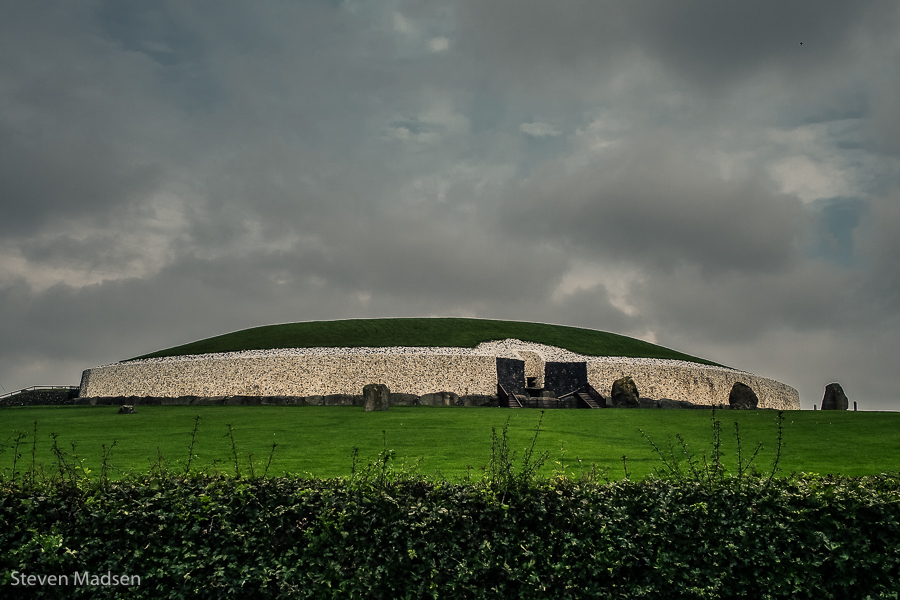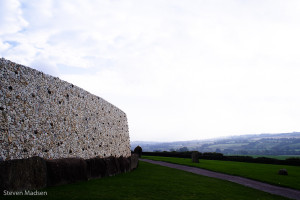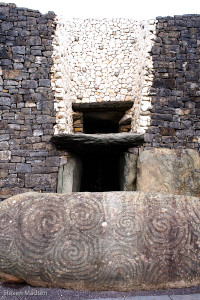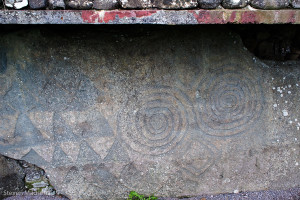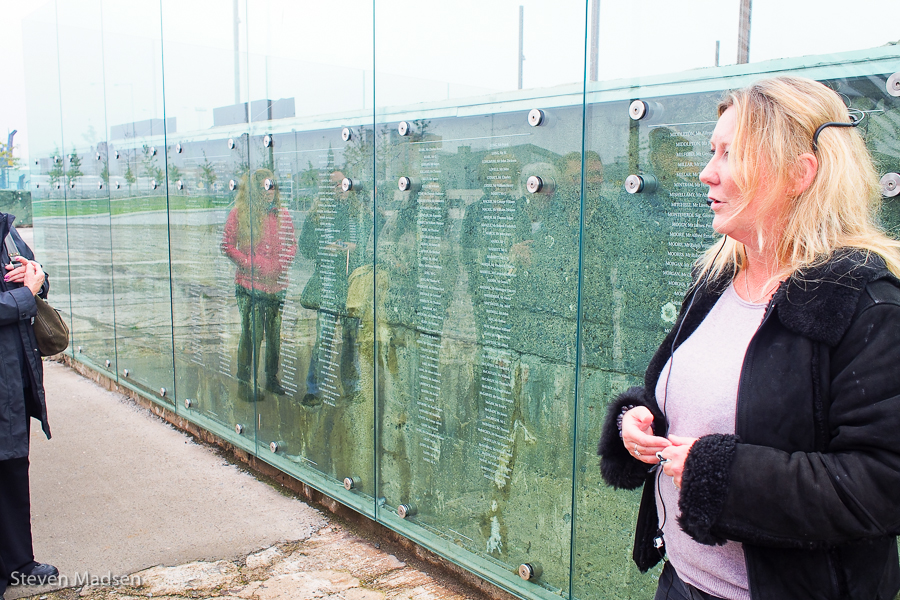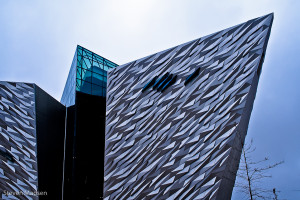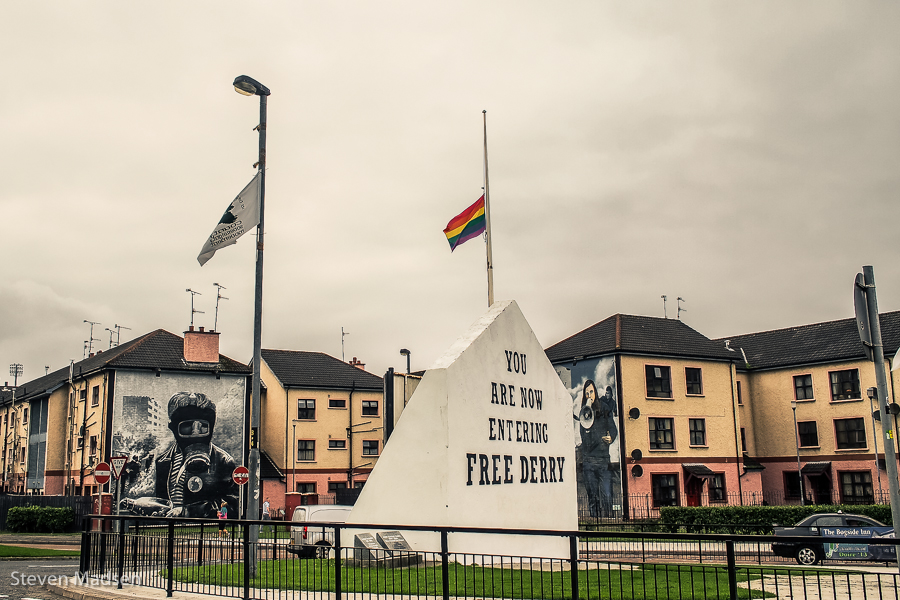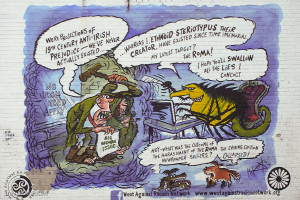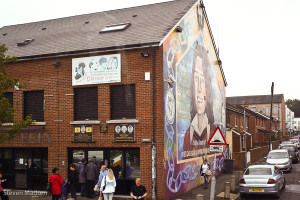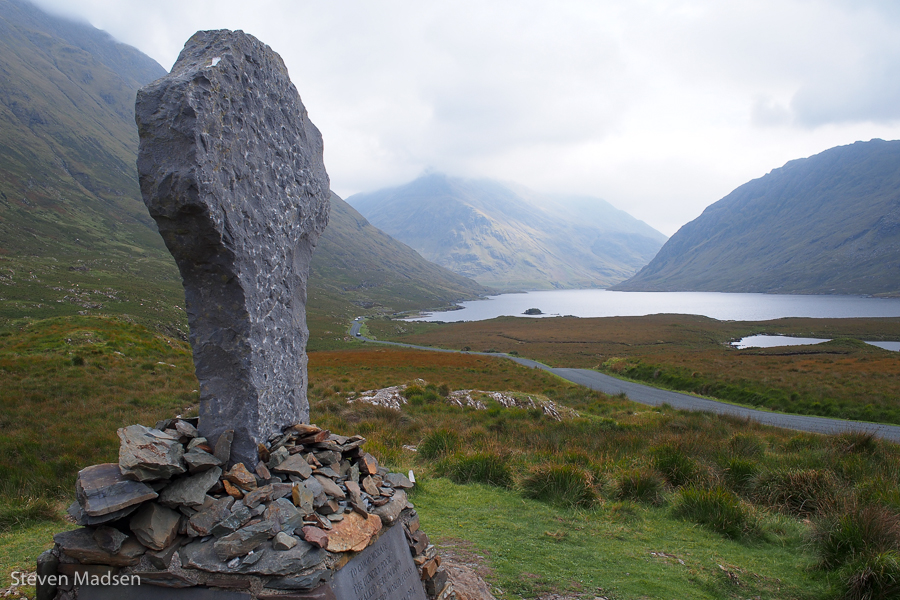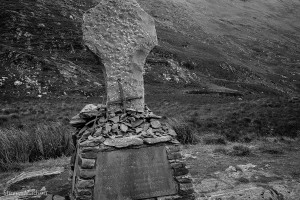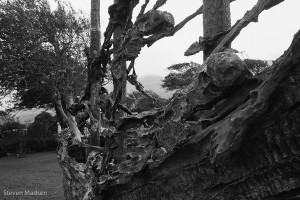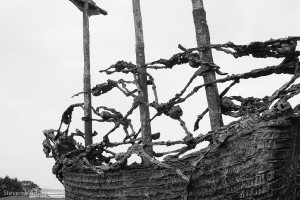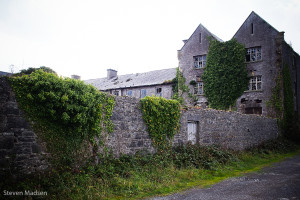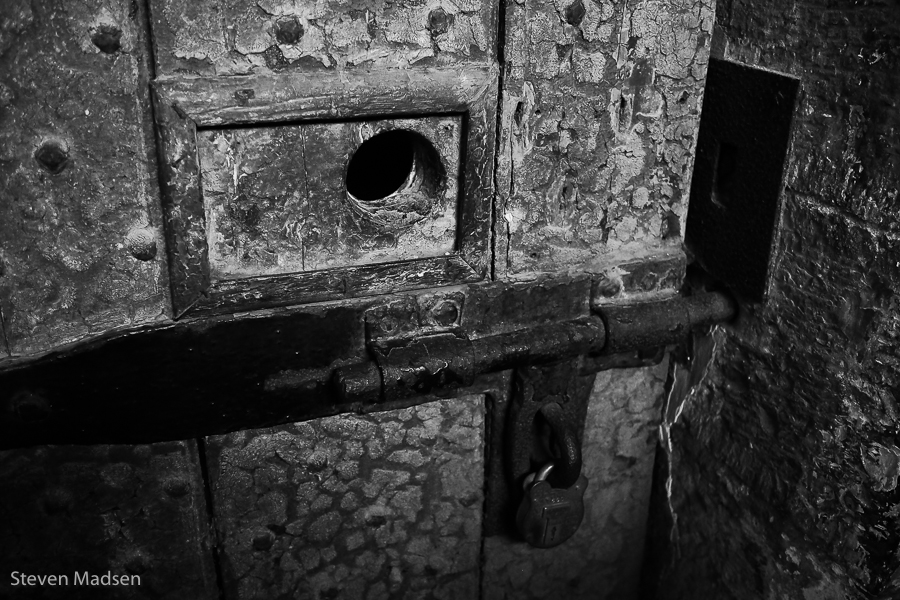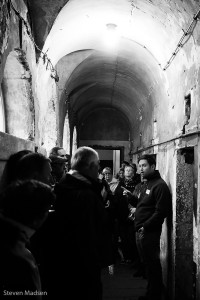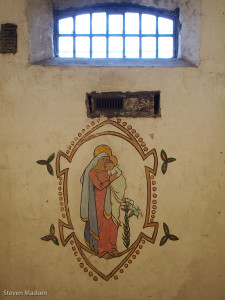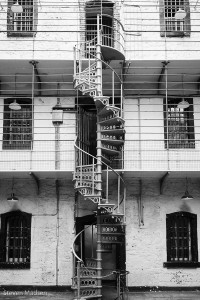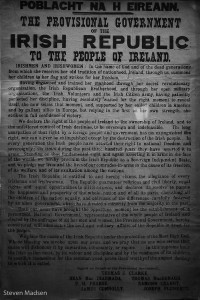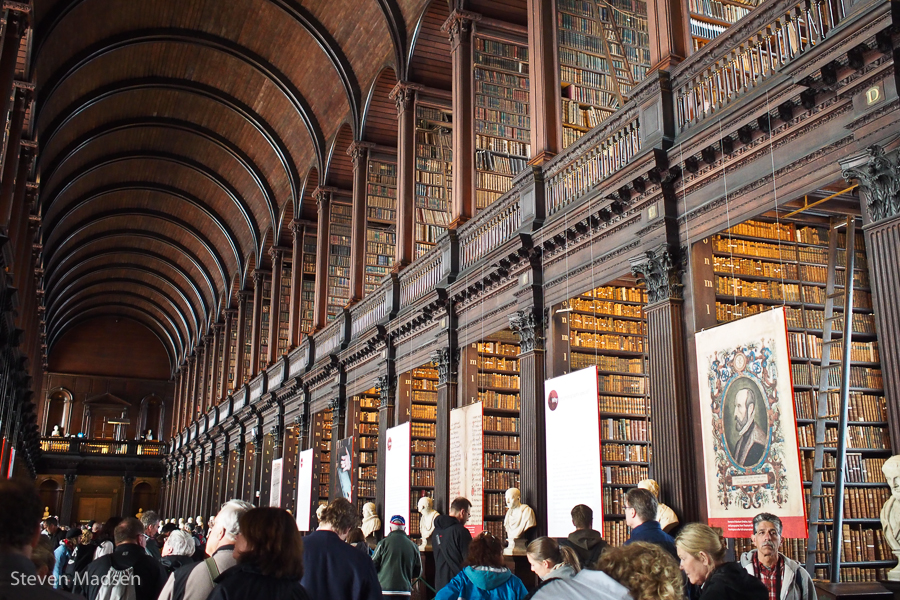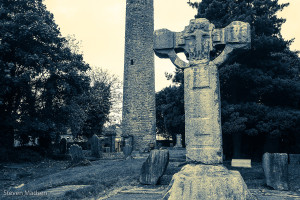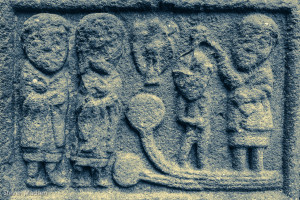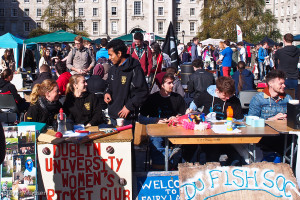Bru na Boinne visitor centre interprets the Neolithic sites of the Boinne Valley including the most famous site, Newgrange passage tomb. We decided to visit Newgrange on our last day in Ireland as a last minute addition to our itinerary that required an early start in Ballyshannon for our drive to Dublin Airport to fit in a guided tour.
Passage tombs are found throughout Europe, and we saw several in The Orkneys including Maeshowe where the guide told us about Newgrange, a site not then on our itinerary. Whilst the tomb is largely intact, the outer walls are reconstructed to represent what it may have looked like in Neolithic times. I am always uncomfortable with modern reconstructions but the while the patterning may be incorrect the imposing white-walled structure is certainly a fitting place for our Neolithic ancestors to start their journey into the next life.
The passage itself is as it was three thousand years ago, a long narrow entrance opens out into six metre (20 feet) high dome that has withstood the elements for thousands of years and is testament to the ingenuity of Neolithic people that their stone structures endure into the modern age. The entrance is aligned to direct sunlight into the dome around the Winter Solstice and a lucky few visitors (determined by lottery) are allowed in those days each year. For the rest of us, the tour includes a short artificial sunrise to demonstrate how the tomb looks when the sun is aligned.
A visit to Newgrange takes an hour, and can only be accessed through the Bru na Boinne visitor centre guided tour. To make the most of your visit explore the visitor interpretive displays before heading out to the tomb.
